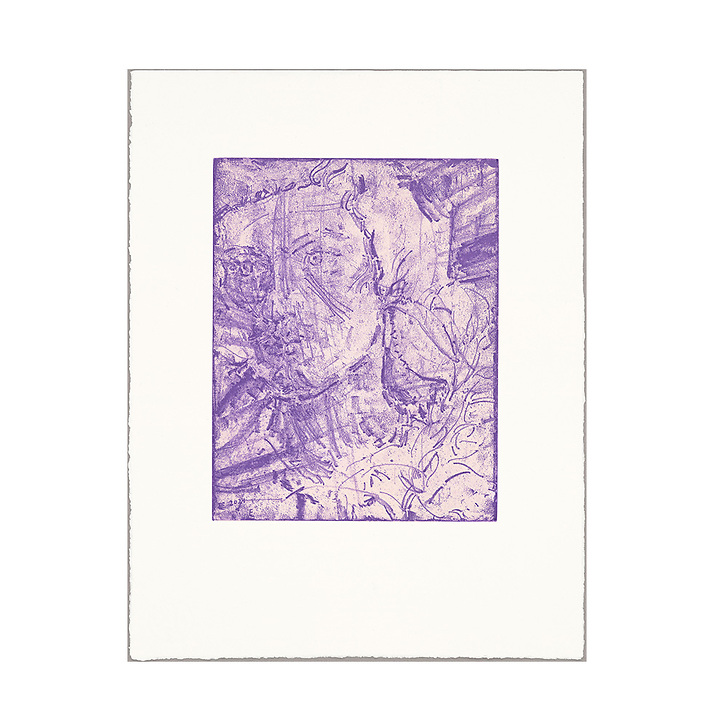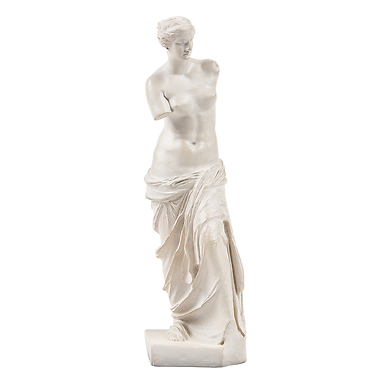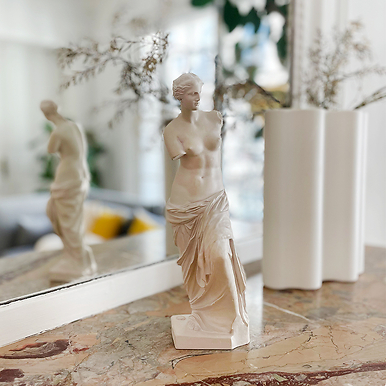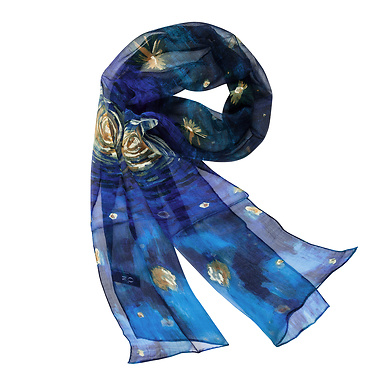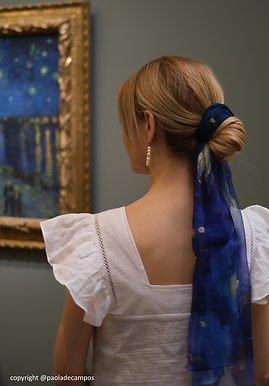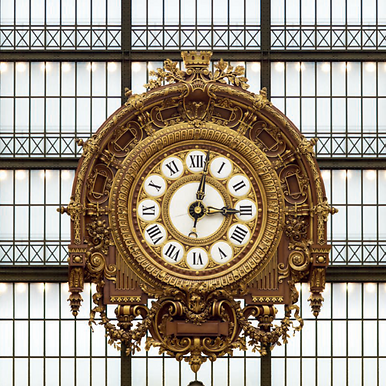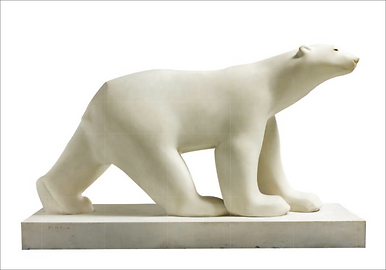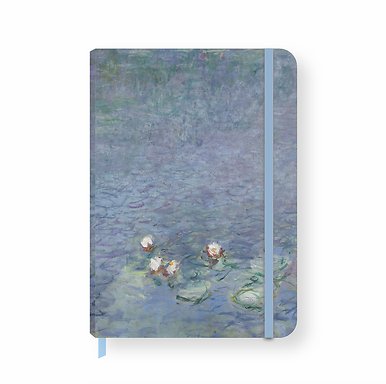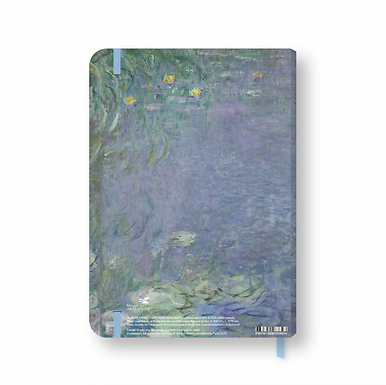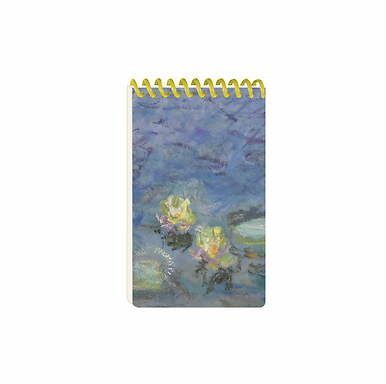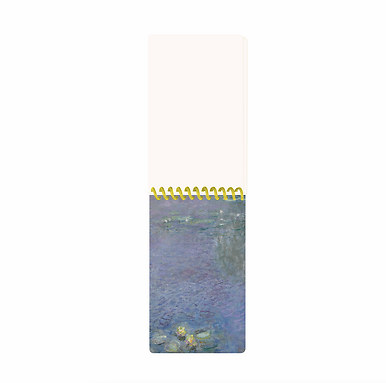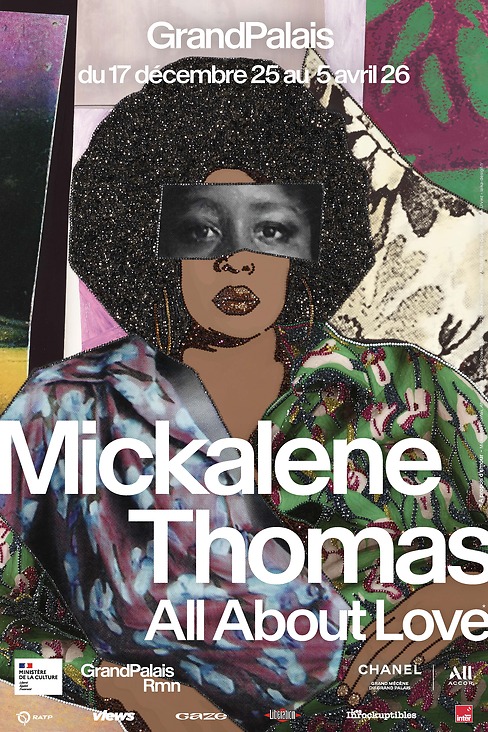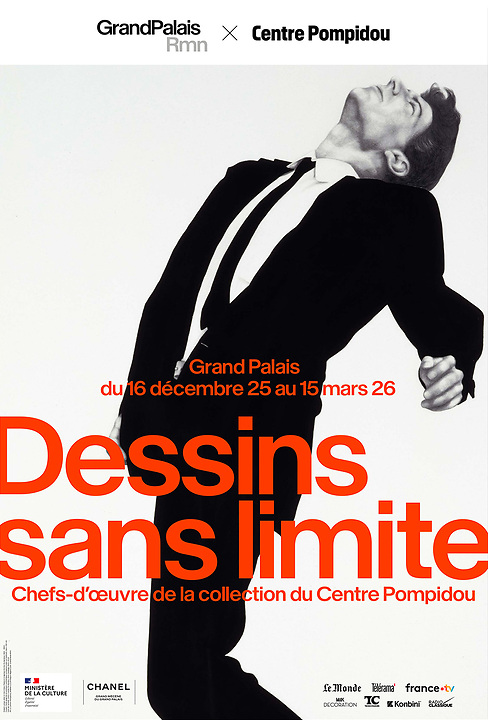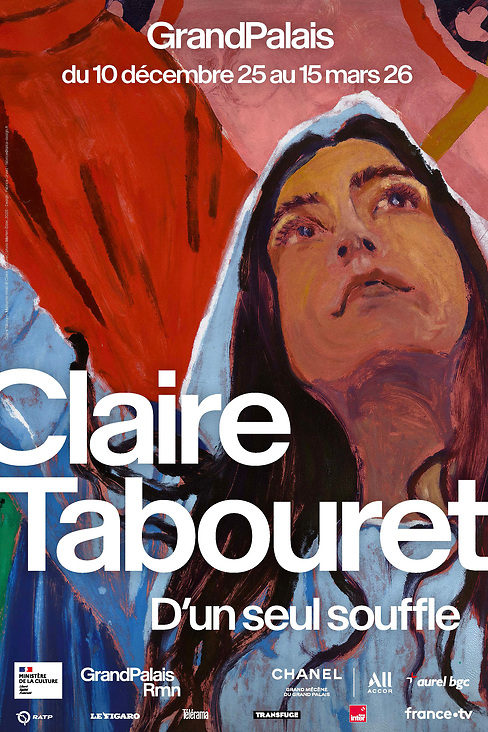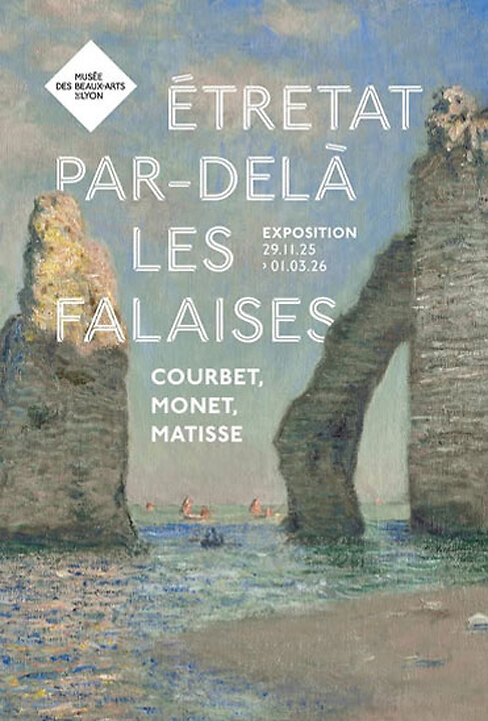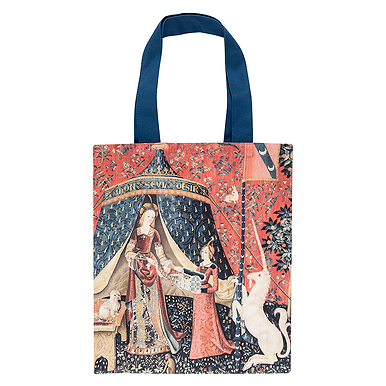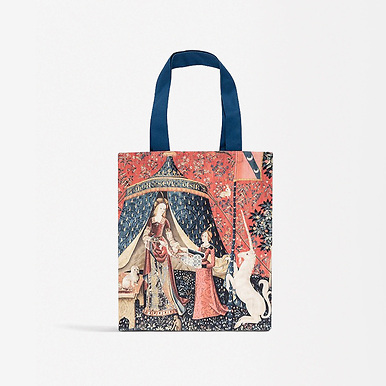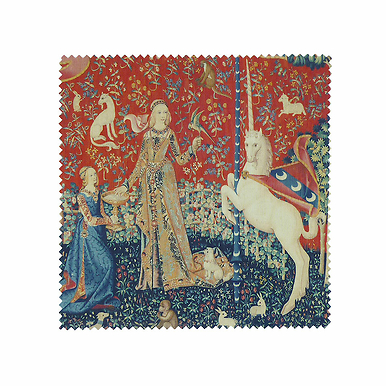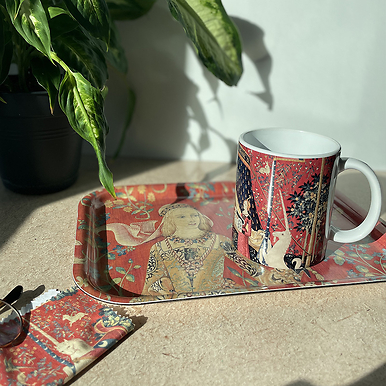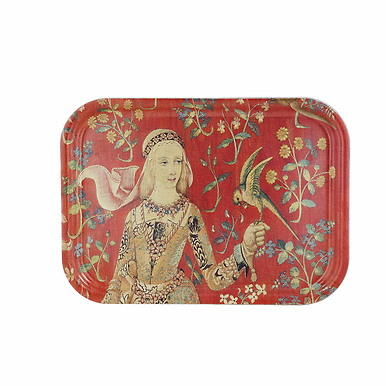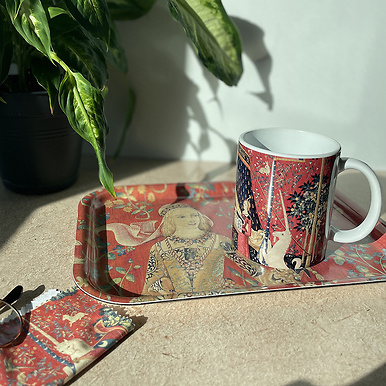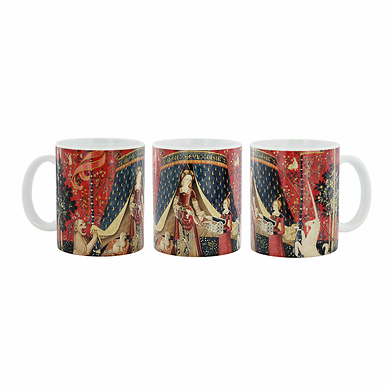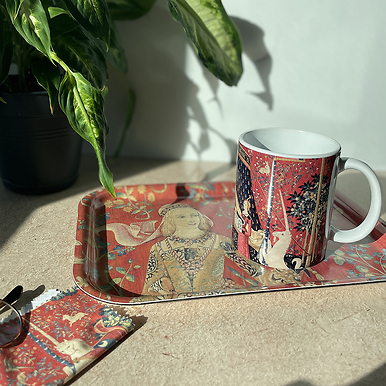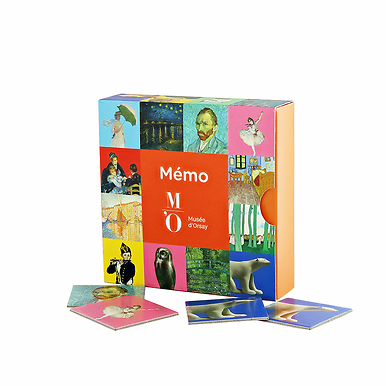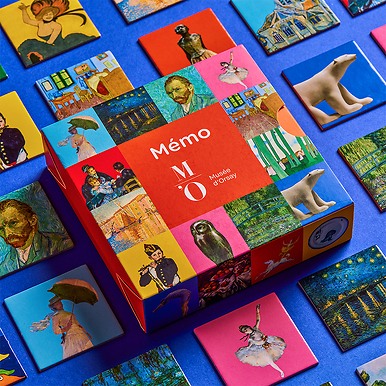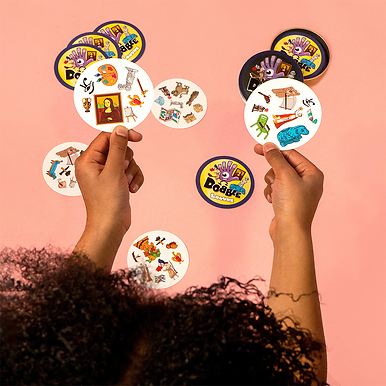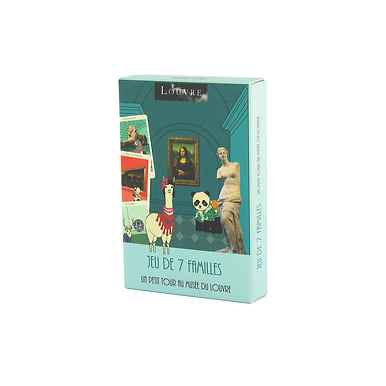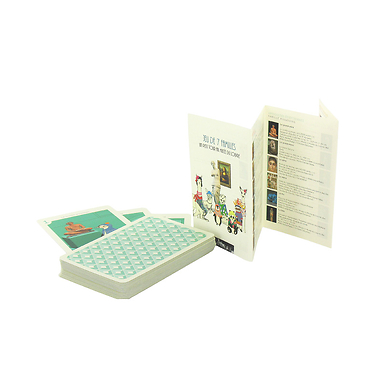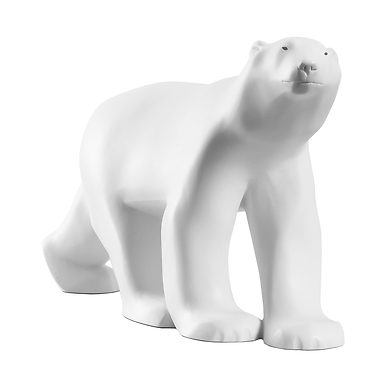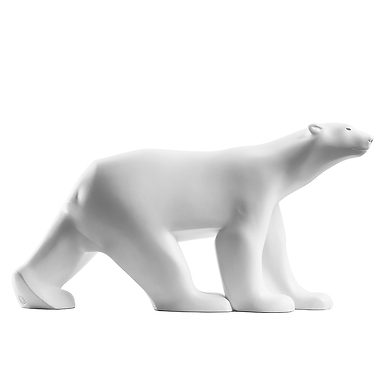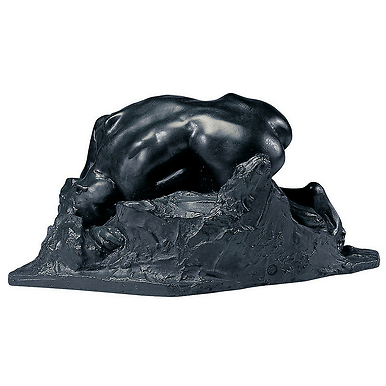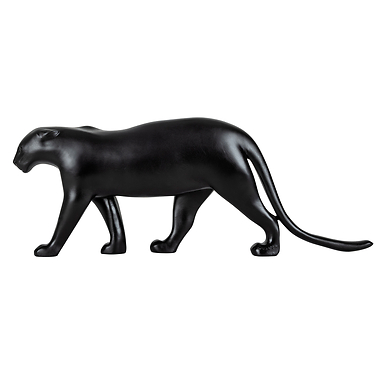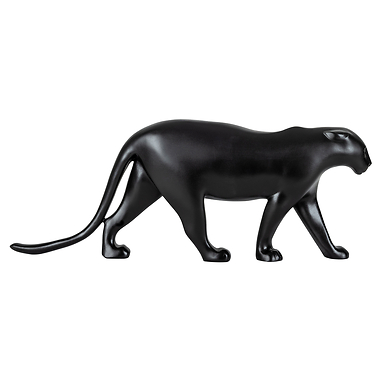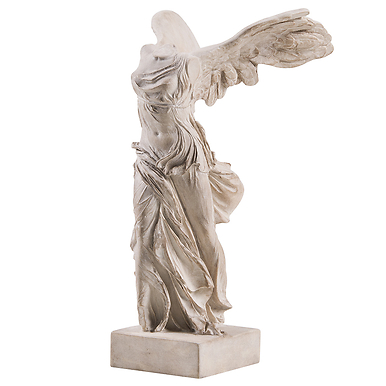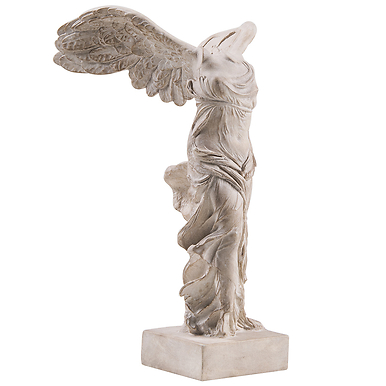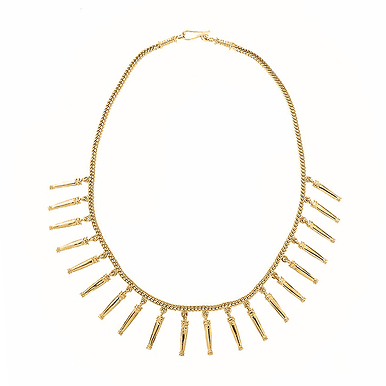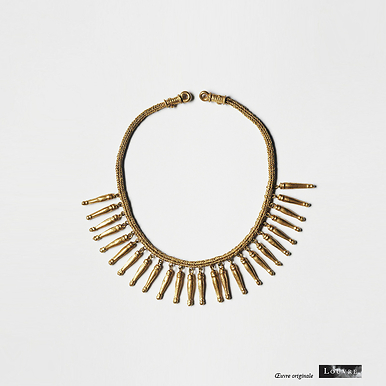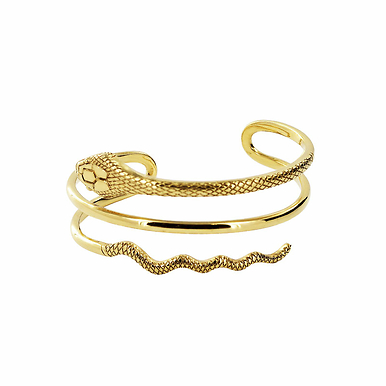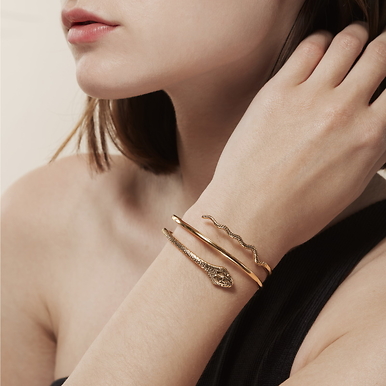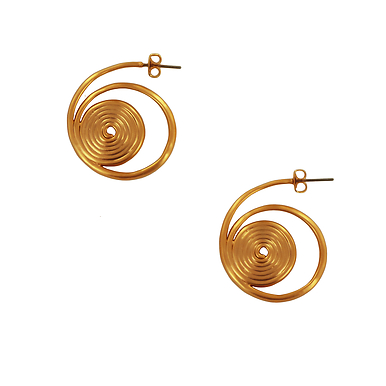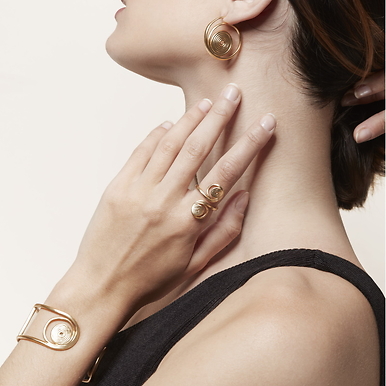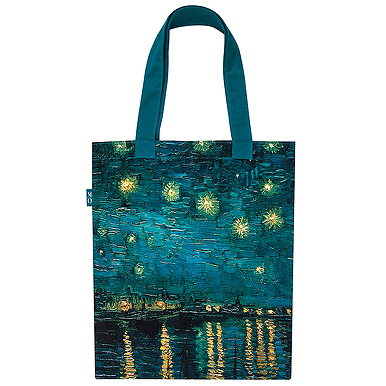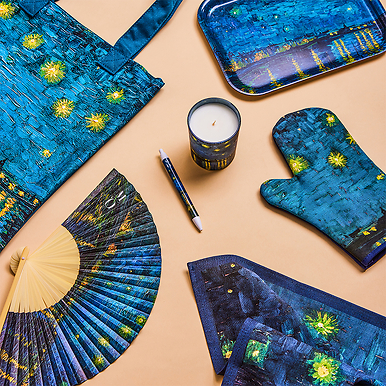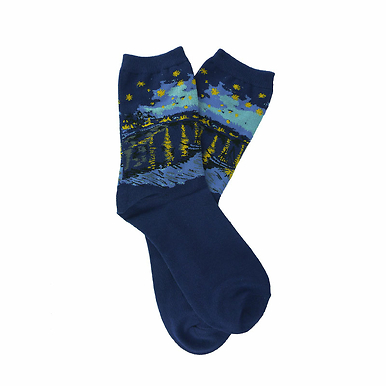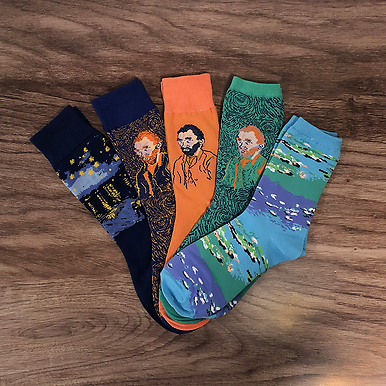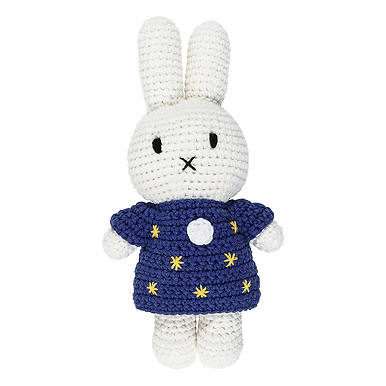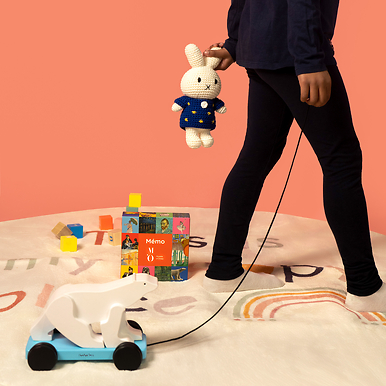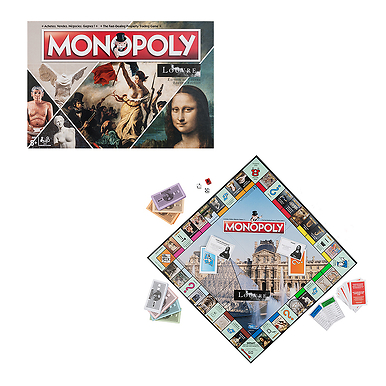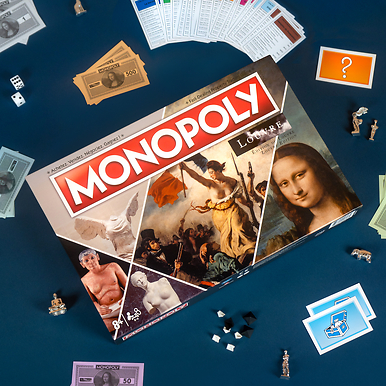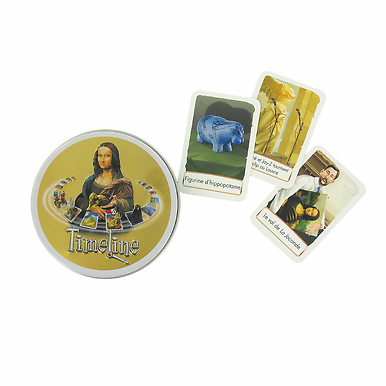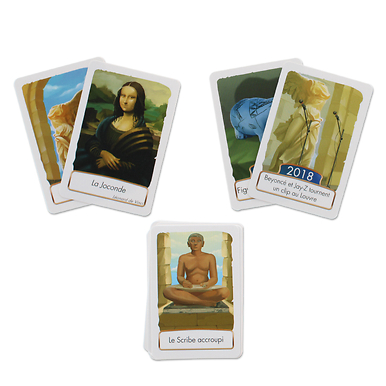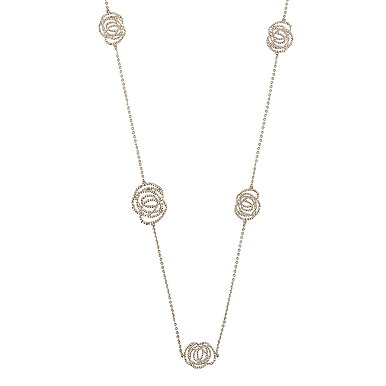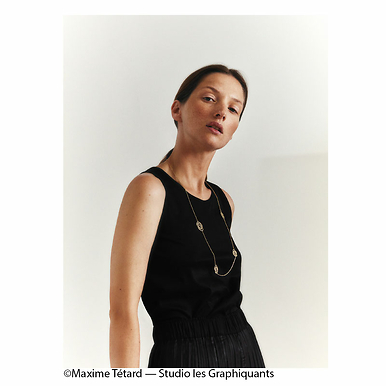The Grand Palais honors African-American artist Mickalene Thomas with All About Love: a vibrant retrospective exploring the visibility and representation of Black women and celebrating love as a force for liberation, self-affirmation, and joy.
All About Love is a monographic exhibition by American artist Mickalene Thomas (1971, New York), internationally recognized for her bold and multidimensional practice. She explores the representation of Black women in art, history, and popular culture, reinventing the classical portrait through a queer and Black feminist perspective.
The retrospective covers more than two decades of creation, combining painting, collage, photography, video, and installation. At the center of her work, love appears as a force of liberation, joy, and self-affirmation, a theme inspired by bell hooks' seminal book, All About Love: New Visions (1999).
Thomas's works pay tribute to the autonomy, beauty, and resilience of Black women. Her subjects-friends, family, lovers, and cultural icons-are depicted with confidence, sensuality, and grace, reclaiming spaces from which they have historically been excluded. The compositions, often adorned with rhinestones, invite the audience to enter worlds where pleasure becomes political and representation radical.
Thomas also engages with European art history, particularly French art history. Iconic works such as Manet's Le Déjeuner sur l'herbe (1863) and Ingres' La Grande Odalisque (1814) are reinterpreted through a contemporary lens, placing black women at the center of the narrative and transforming the reading of the classics.
All About Love invites you to discover a world of love, leisure, and liberation, where beauty, intimacy, and self-control redefine the historical view of art.
Following acclaimed exhibitions at The Broad (Los Angeles), The Barnes Foundation (Philadelphia), the Hayward Gallery (London), and Les Abattoirs (Toulouse), this retrospective is the most ambitious presentation of Mickalene Thomas's work in Paris to date.
Exhibition organized by the GrandPalaisRmn, the Hayward Gallery, London, and Les Abattoirs, Museum - Frac Occitanie Toulouse
Curators
Rachel Thomas, Chief Curator, Hayward Gallery
Lauriane Gricourt, Director of Les Abattoirs, Museum - Frac Occitanie Toulouse
Erin Jenoa Gilbert, Independent Curator
Scenography: Nicolas Groult and Valentina Dodi

